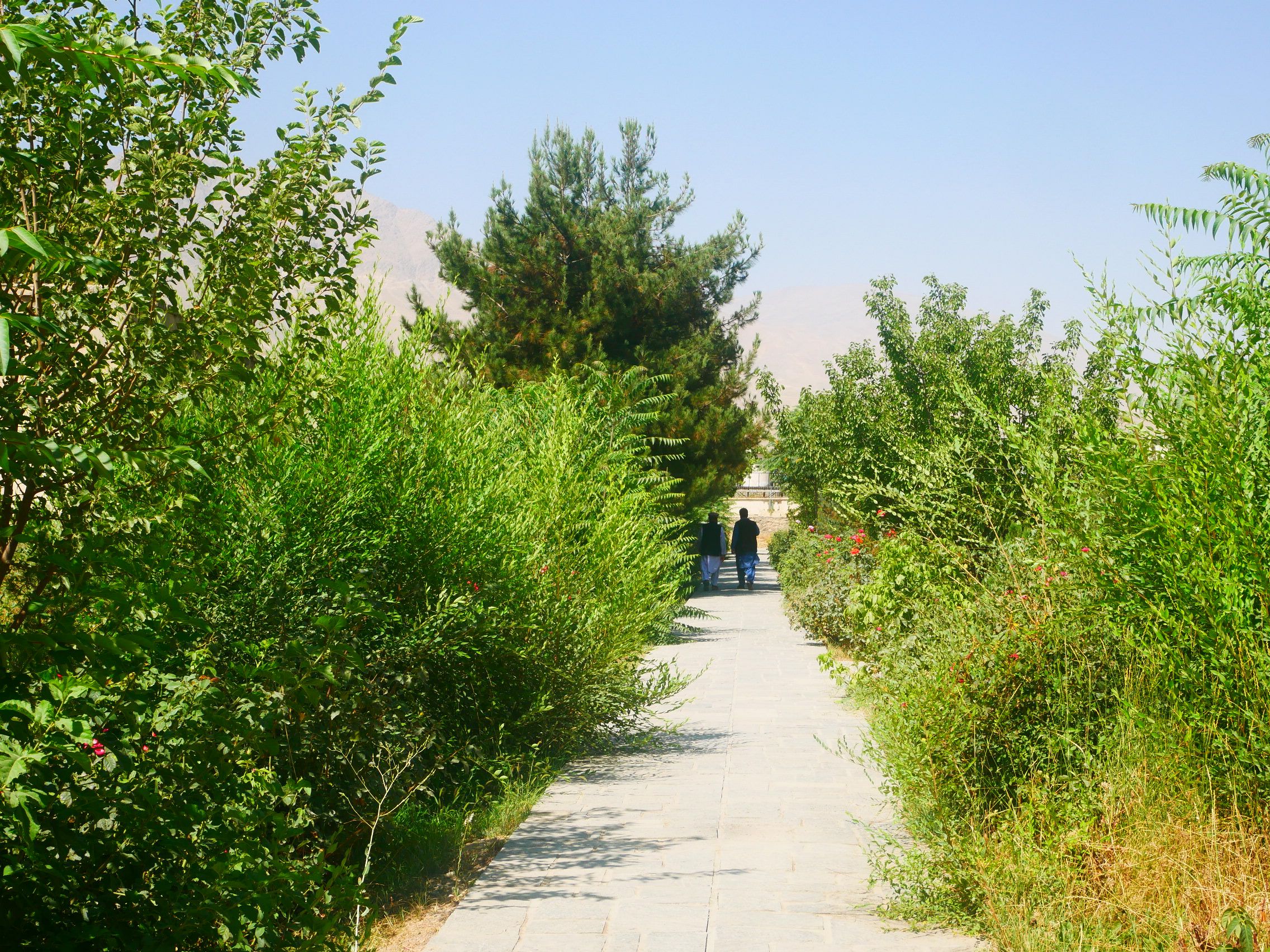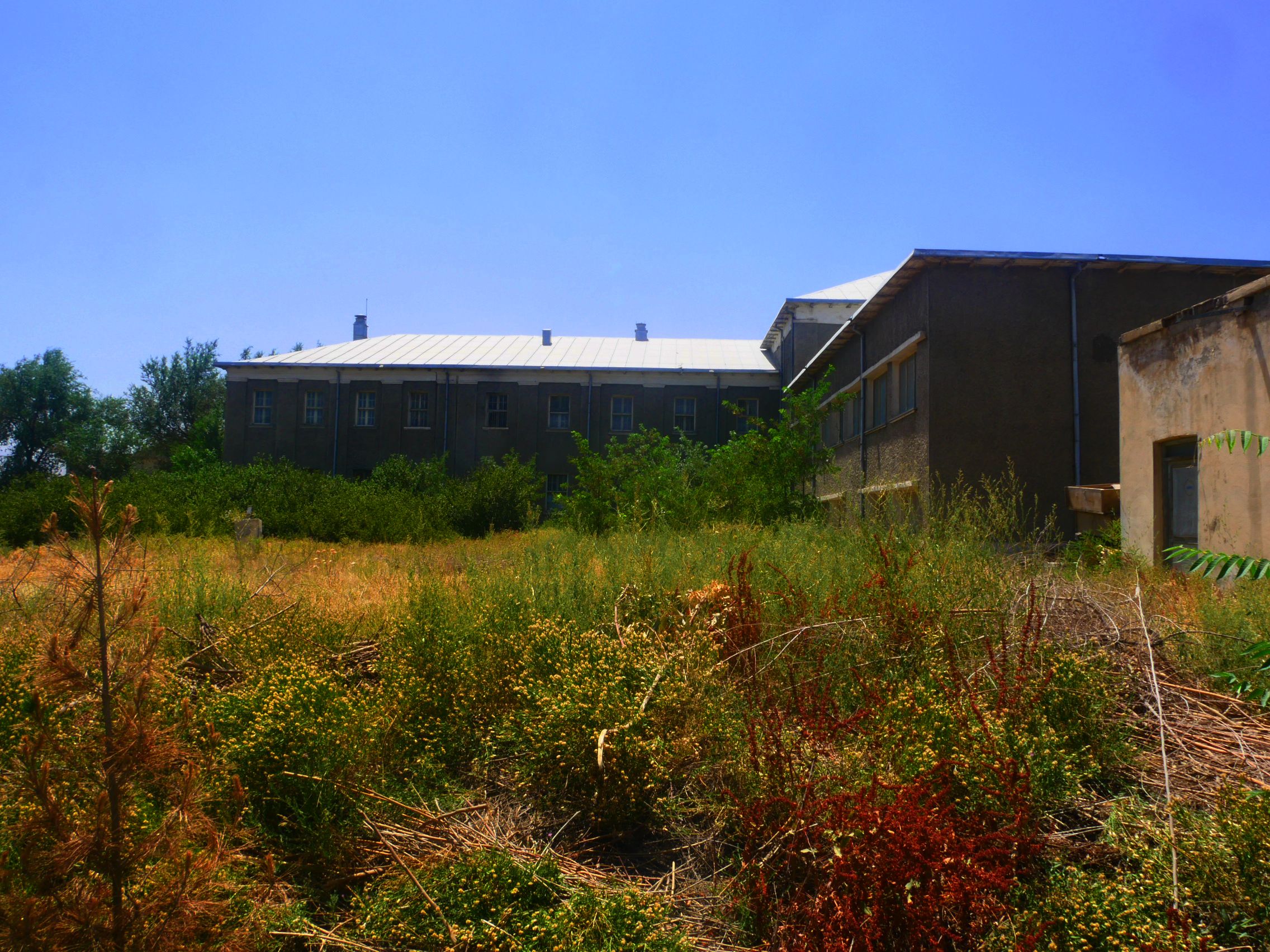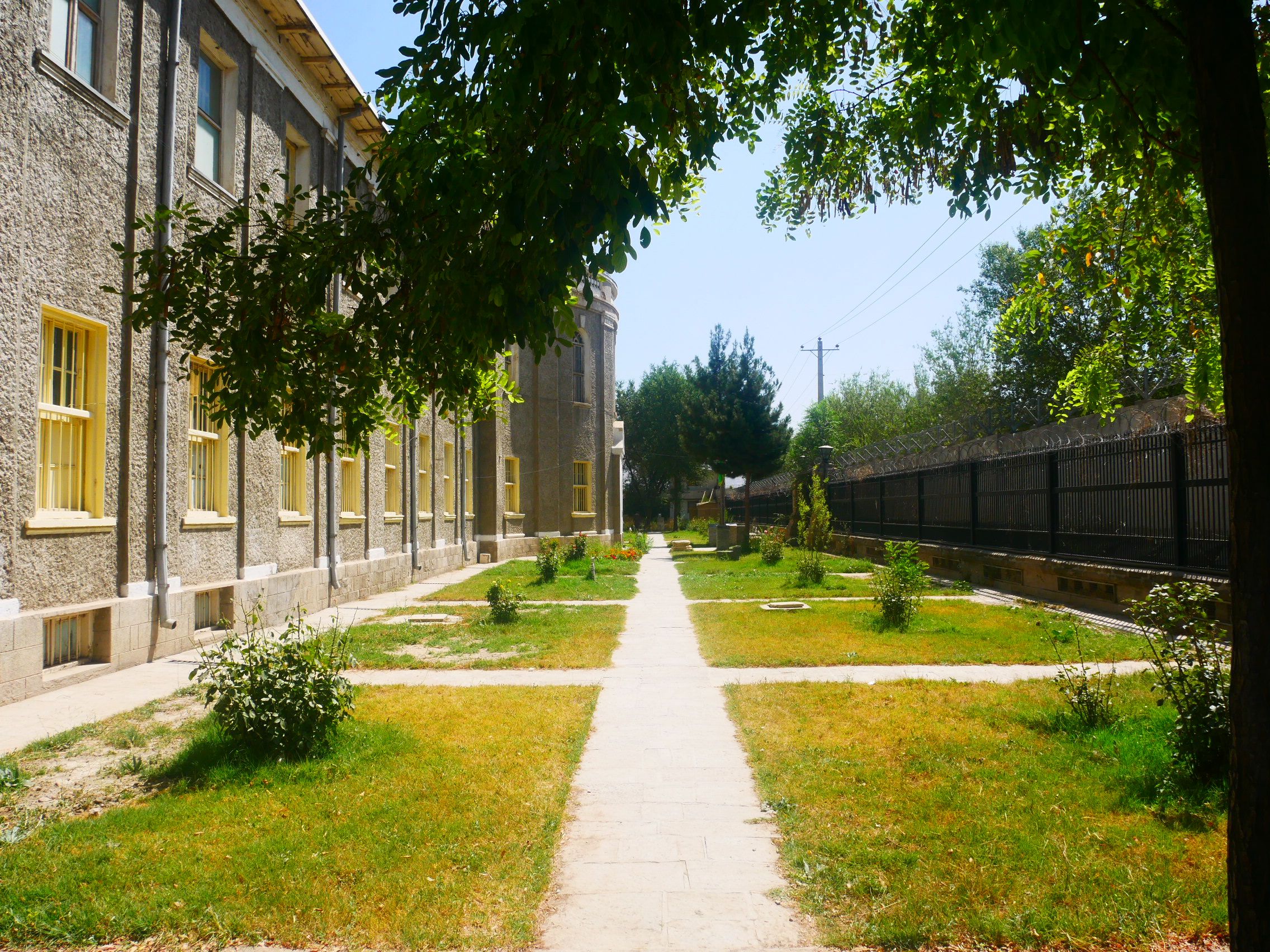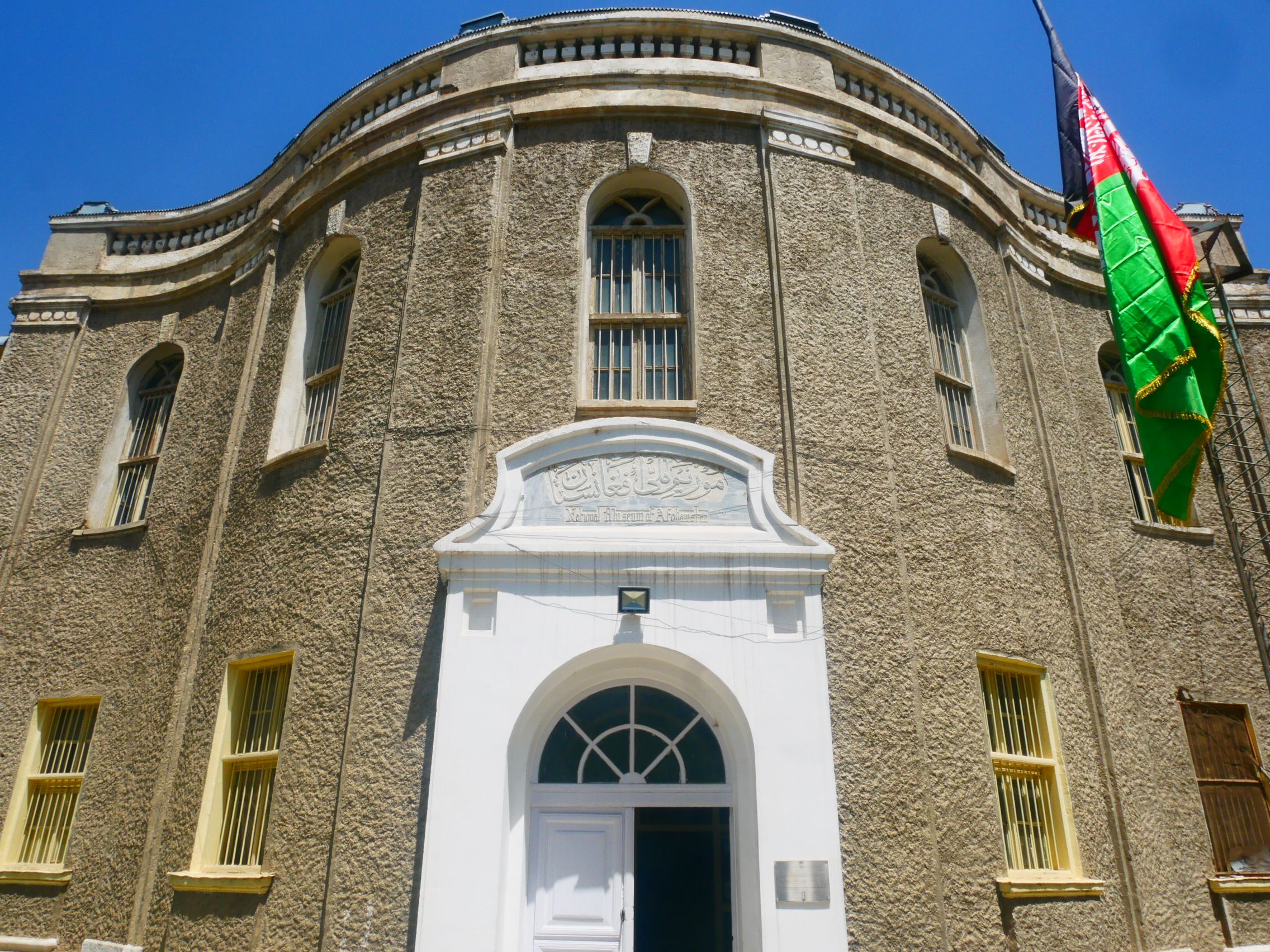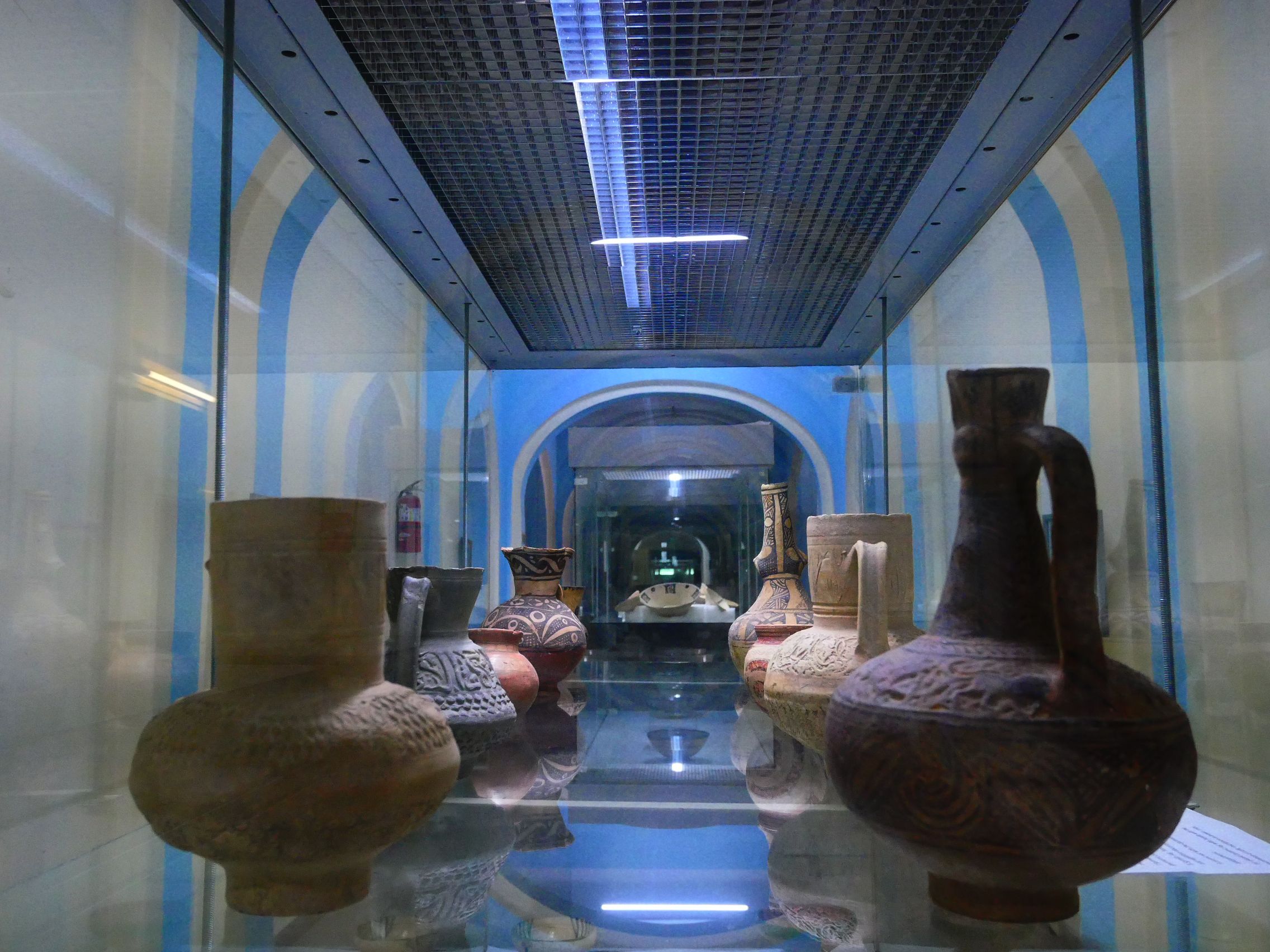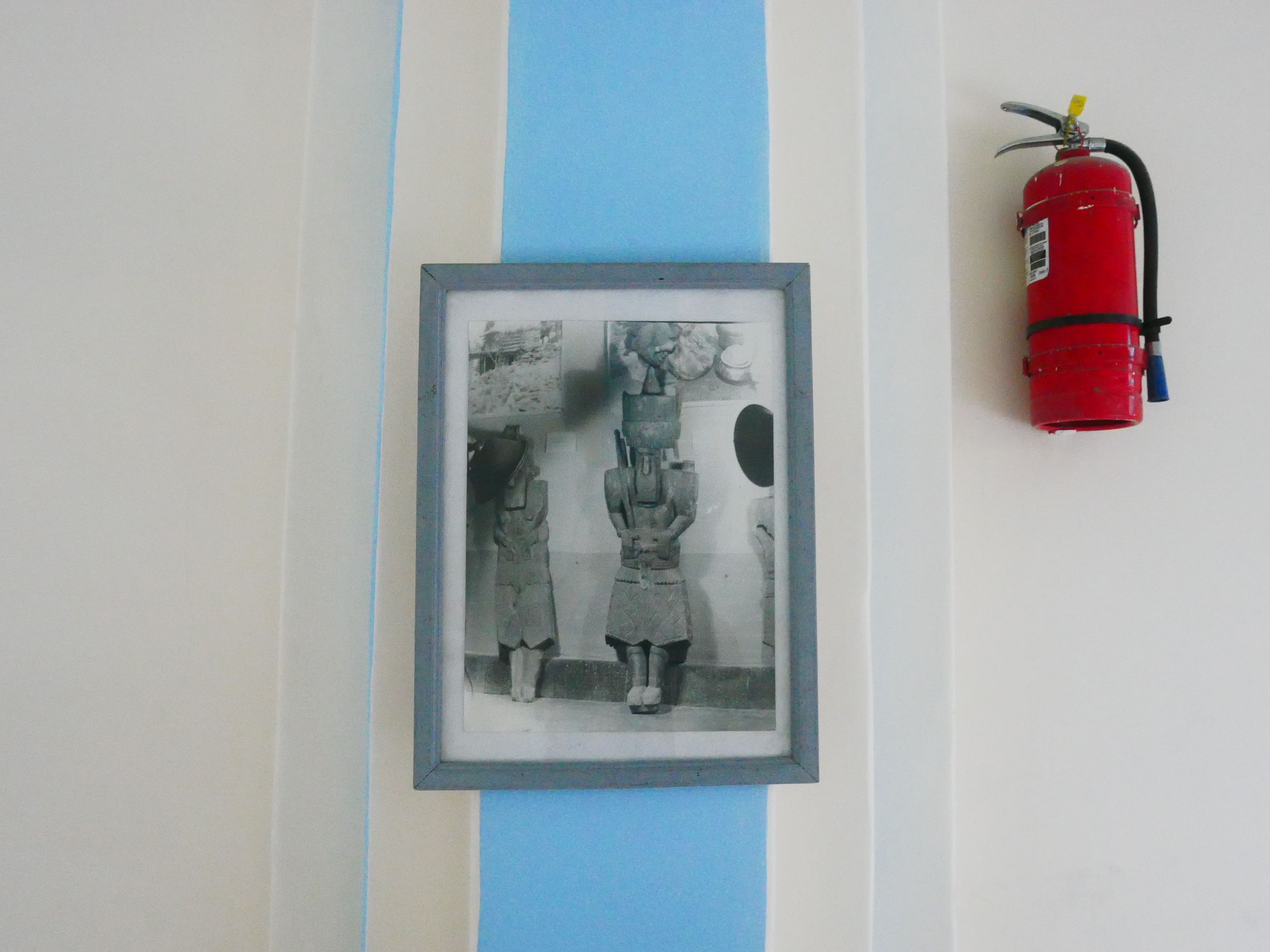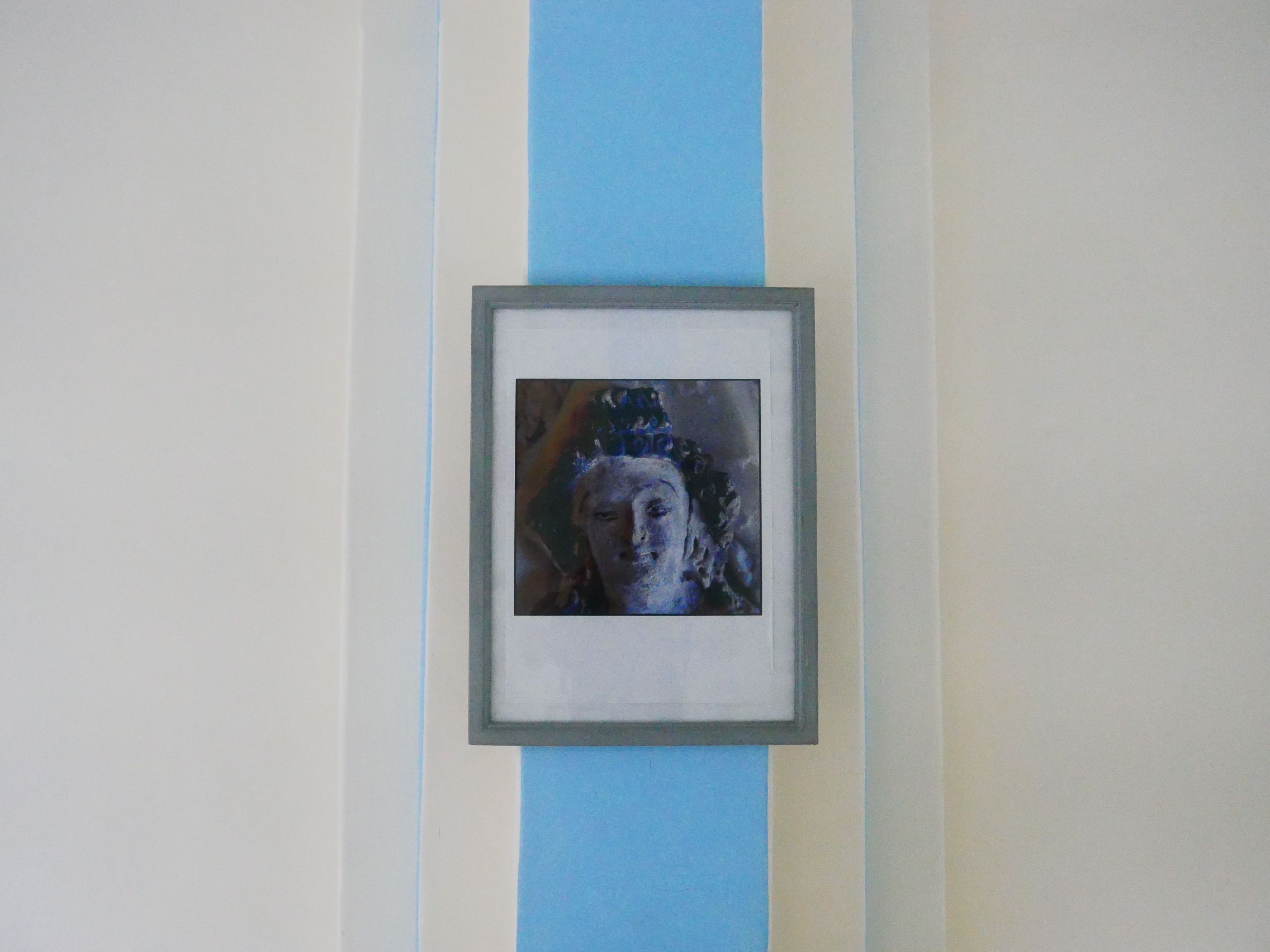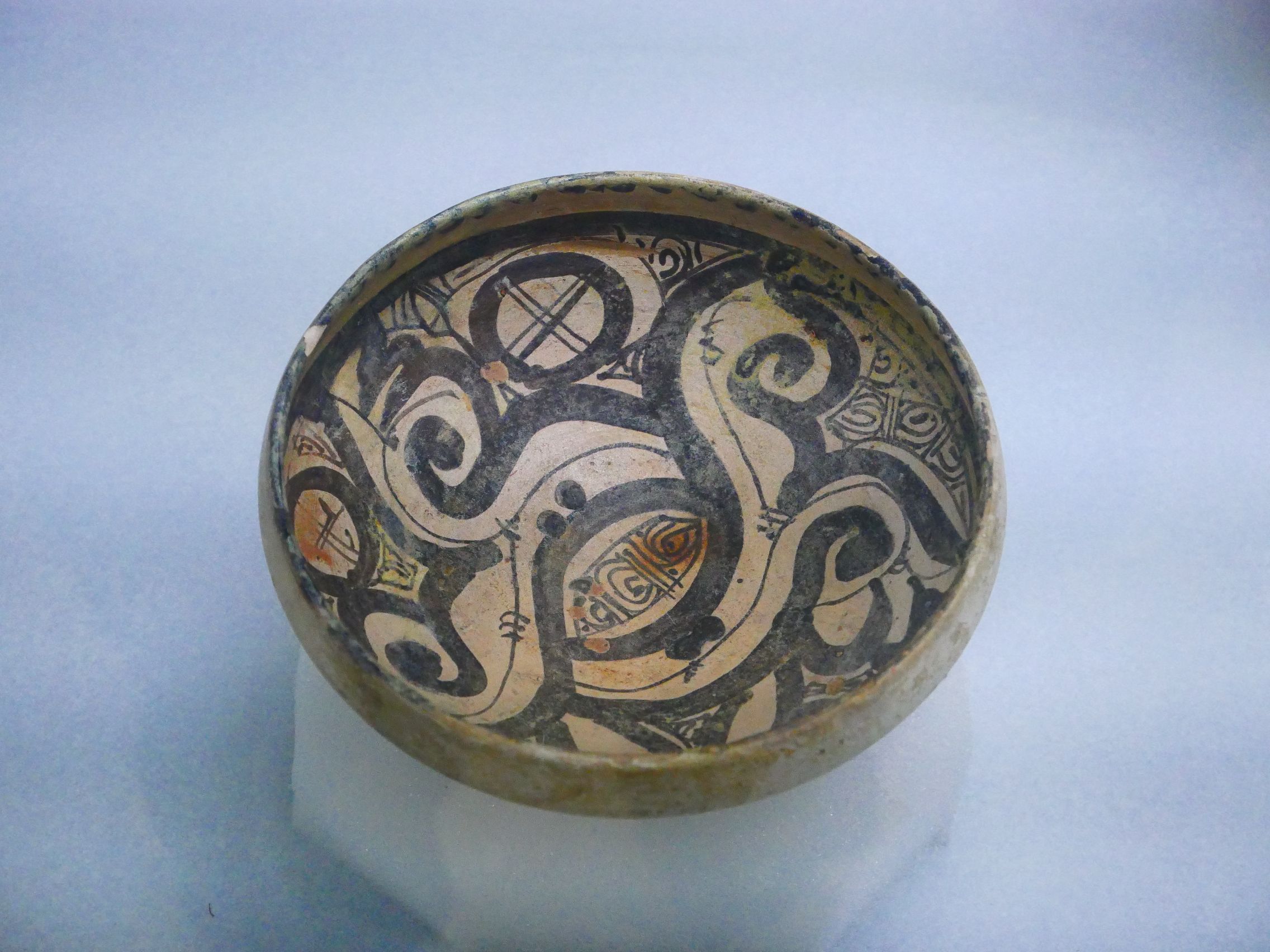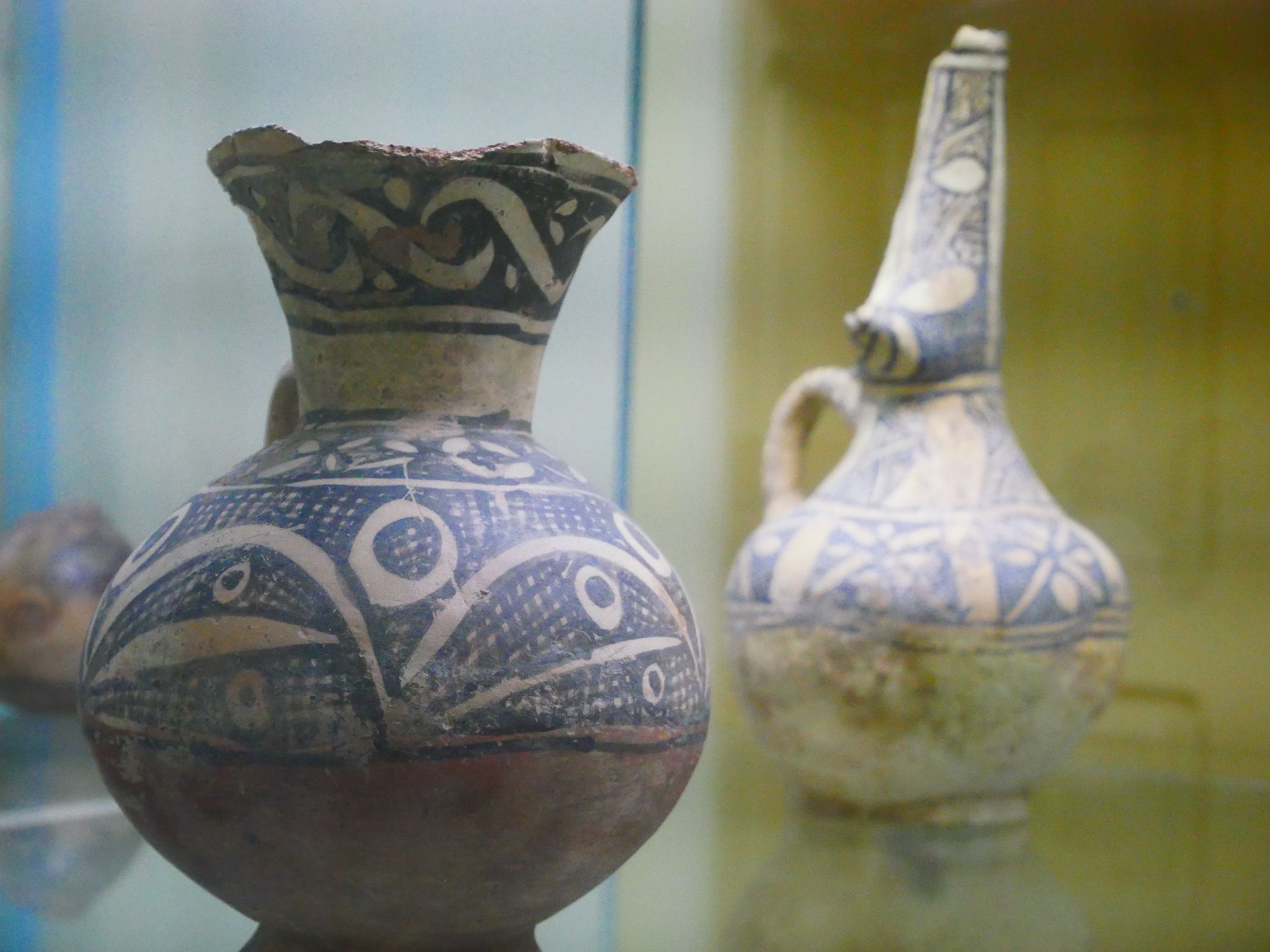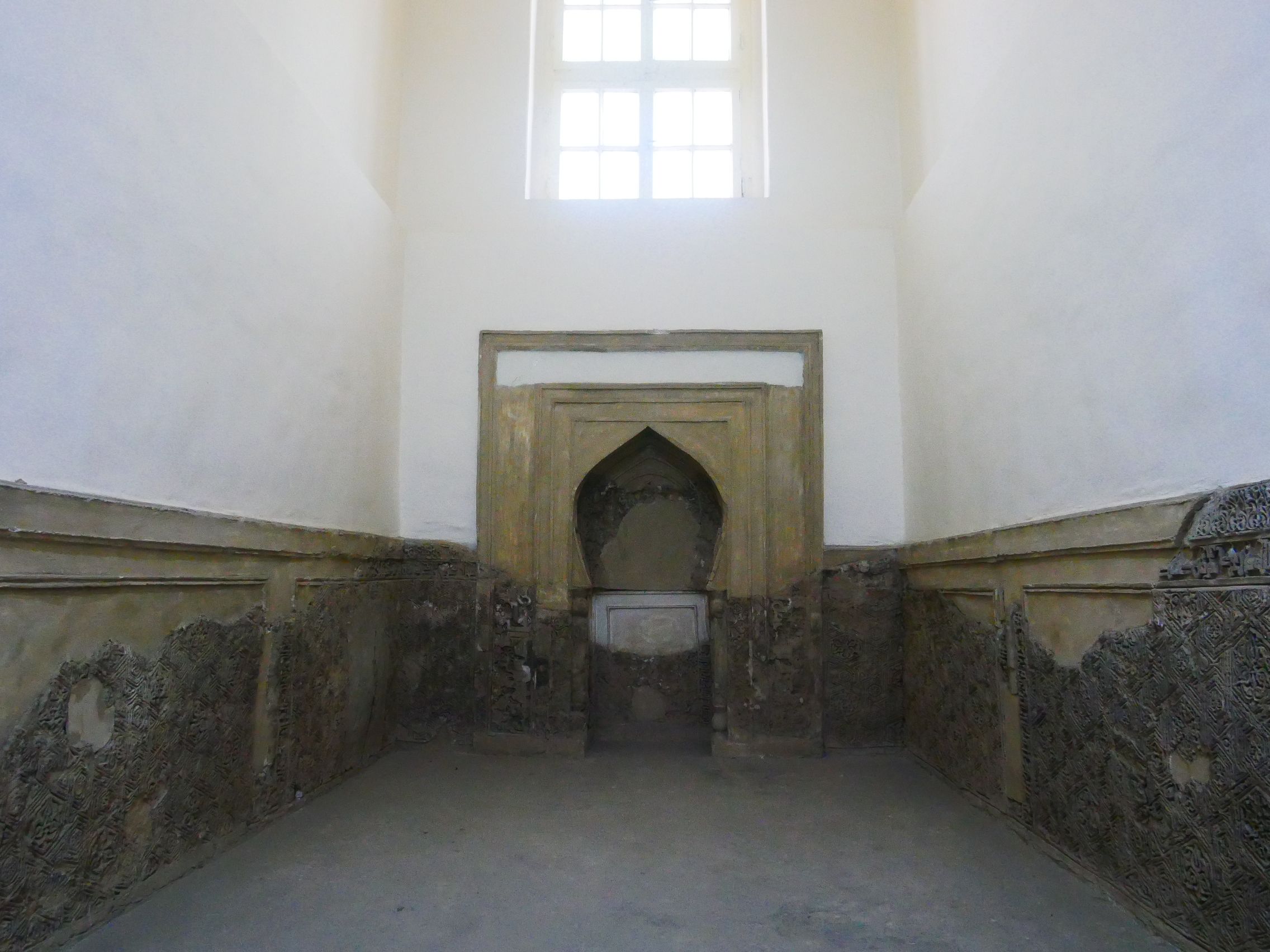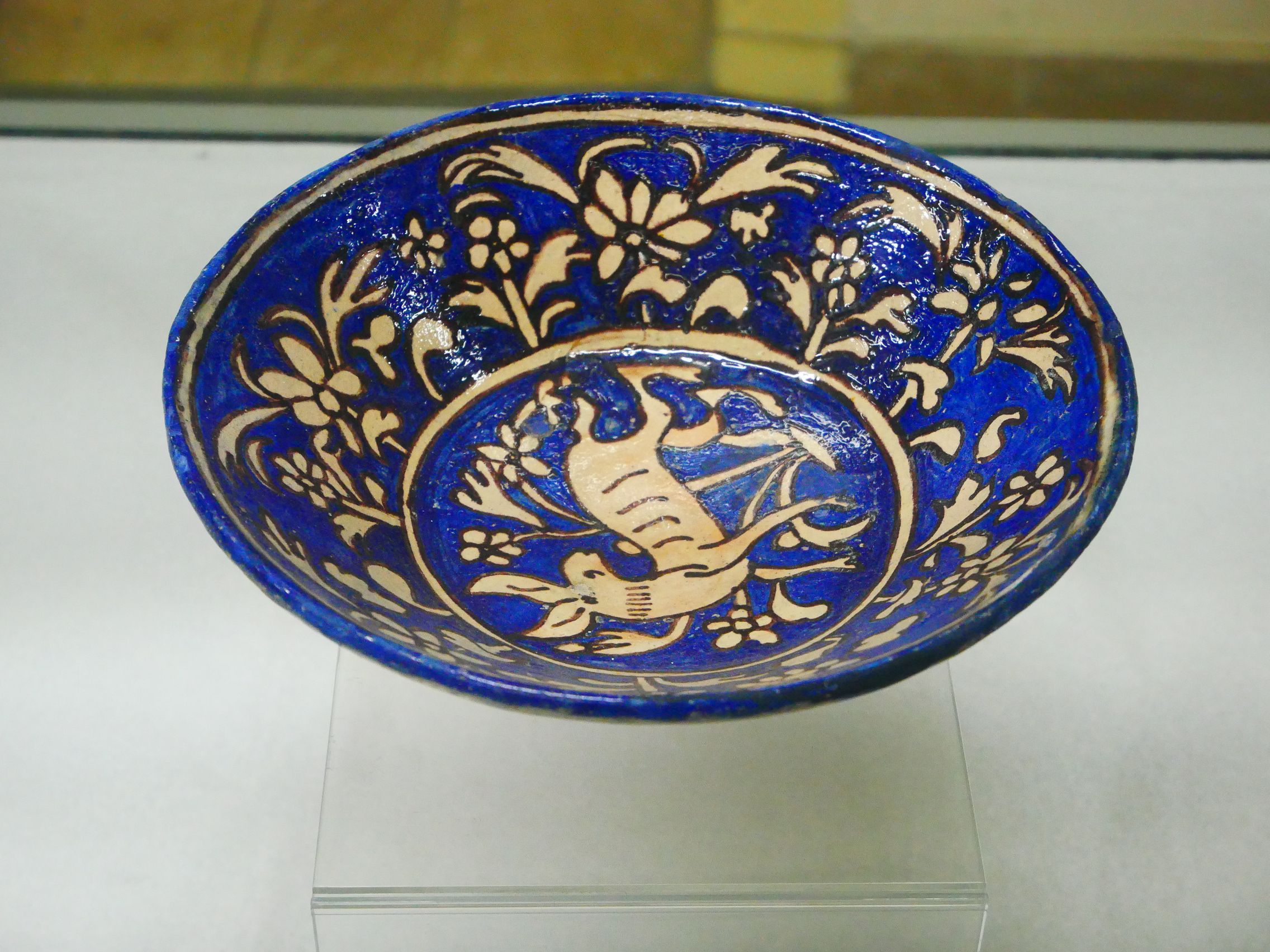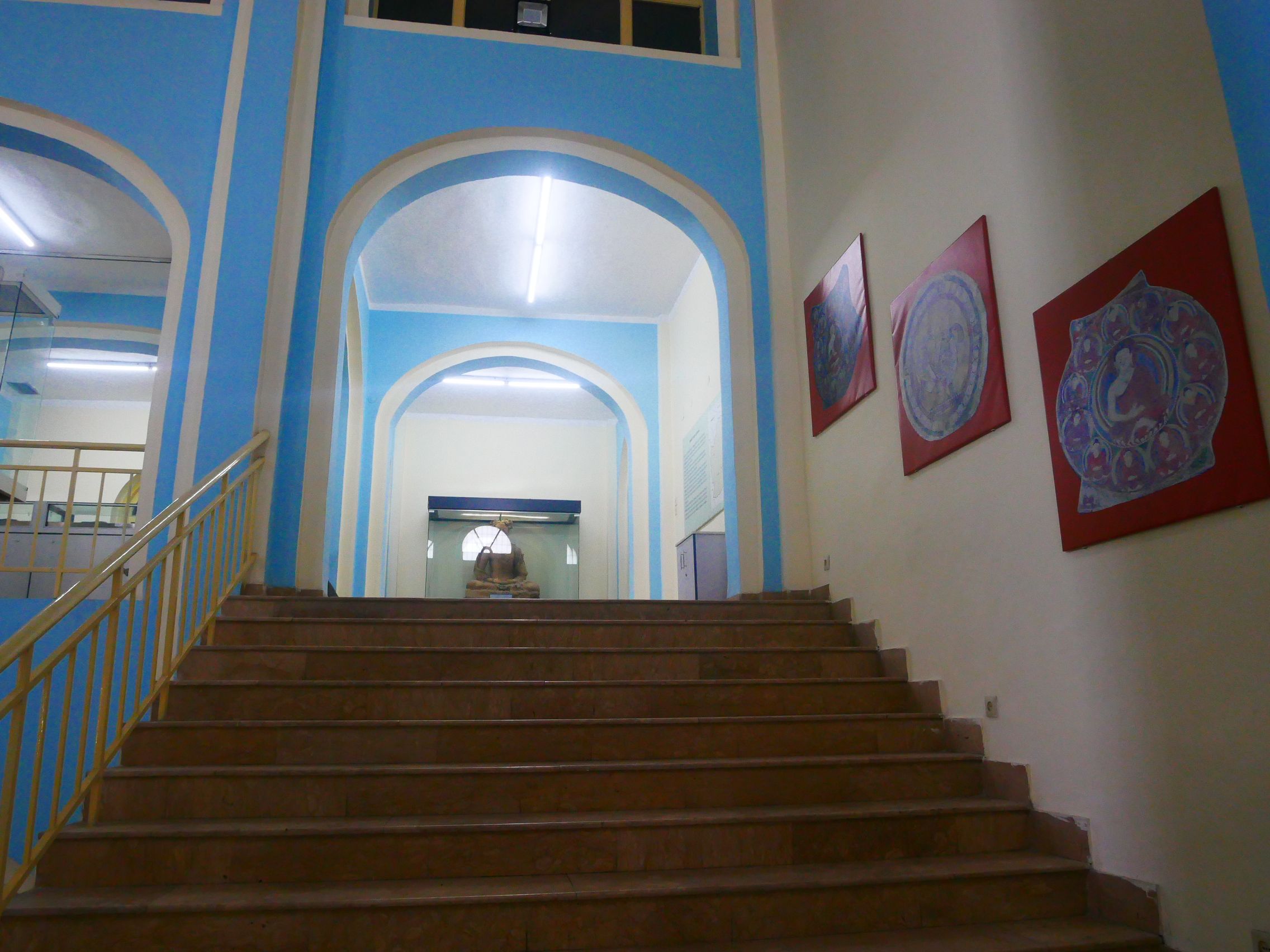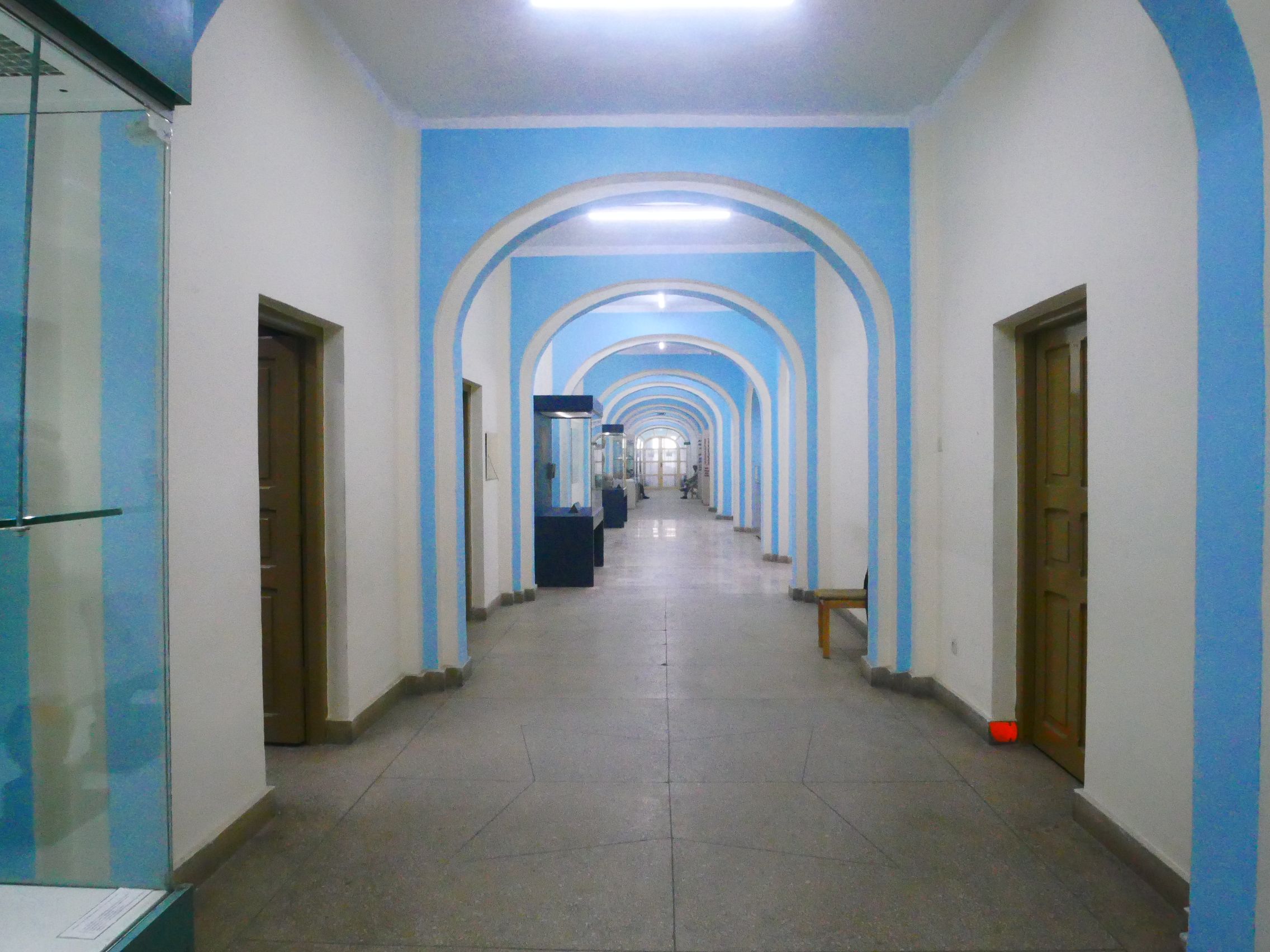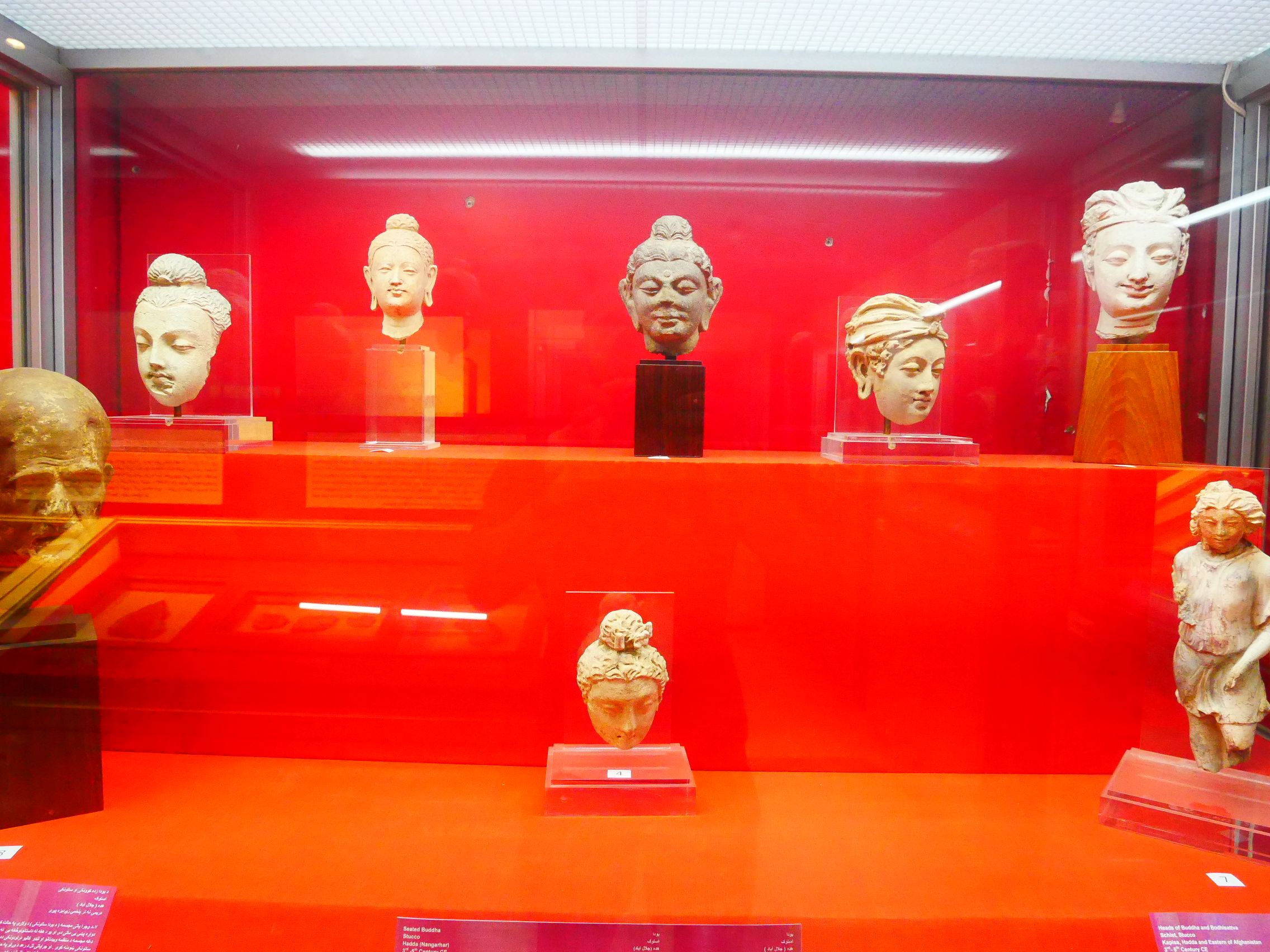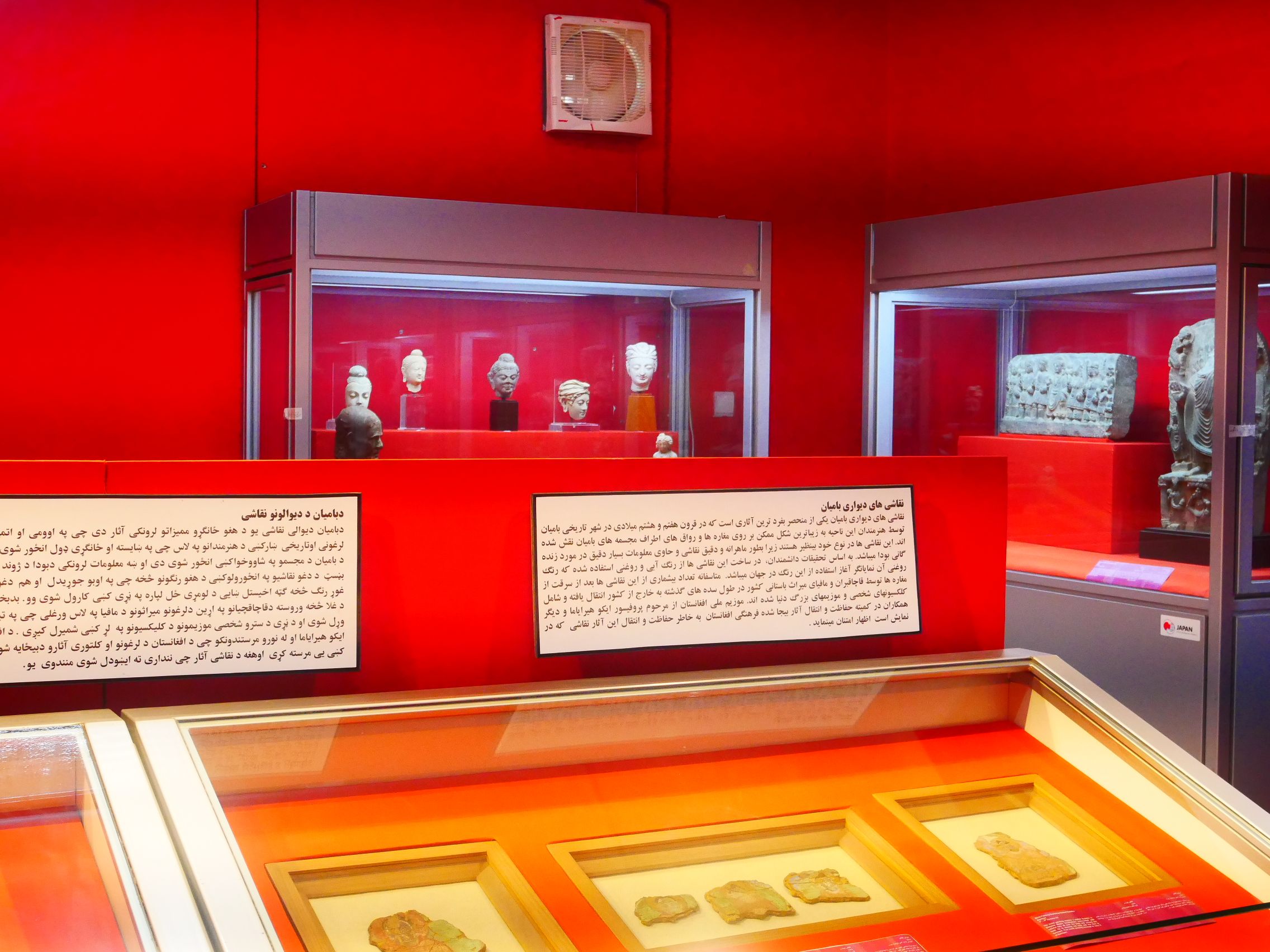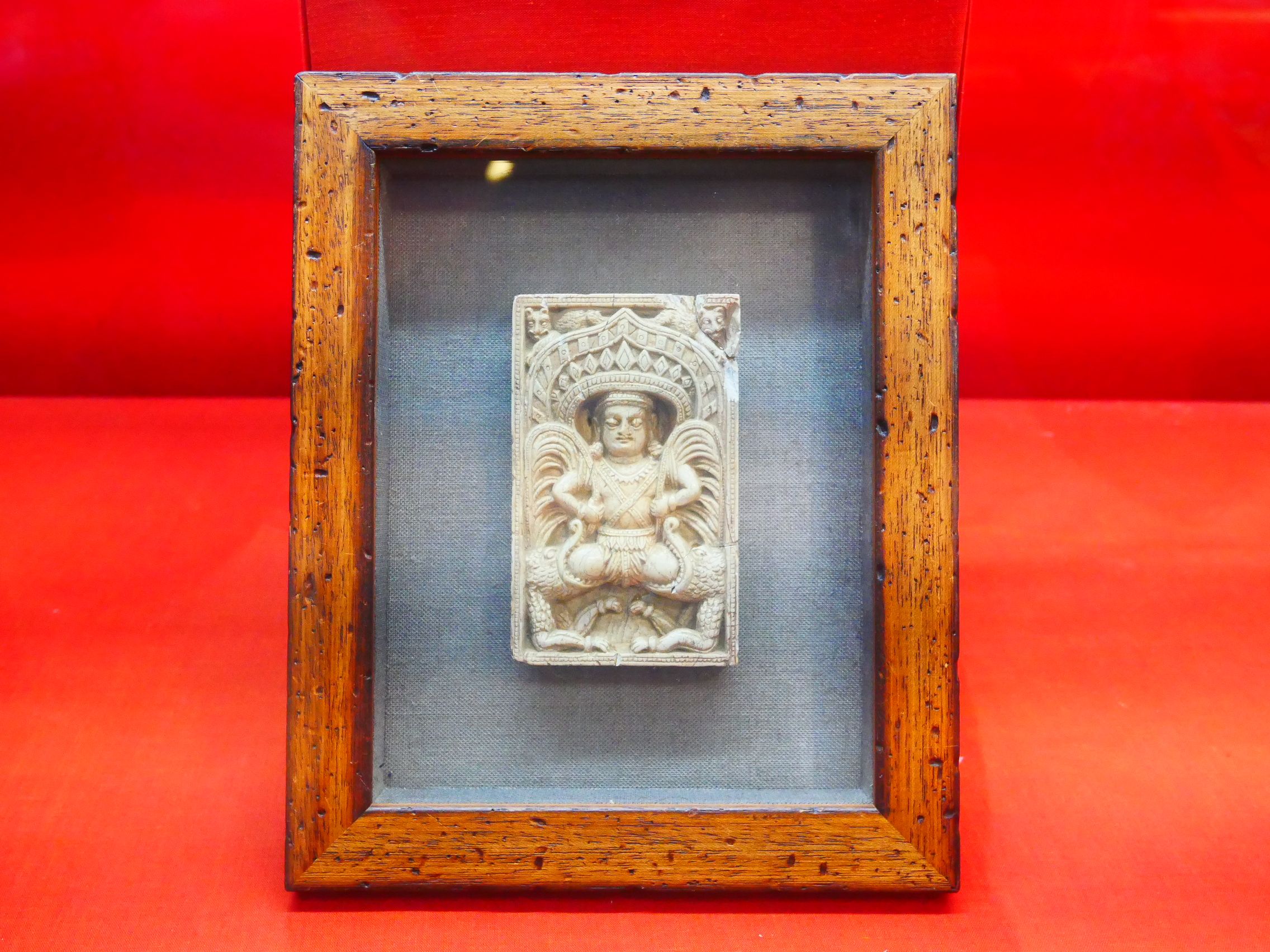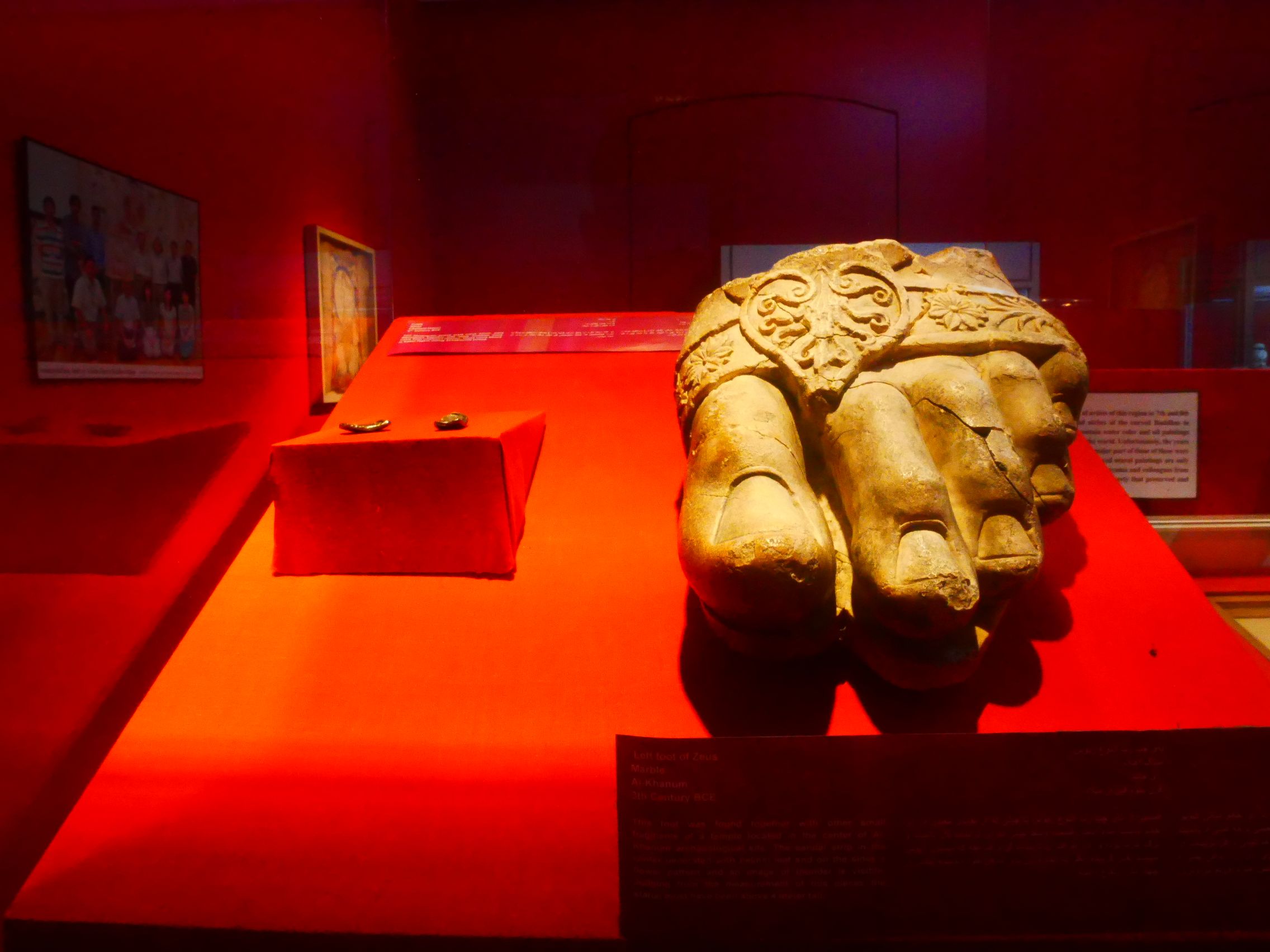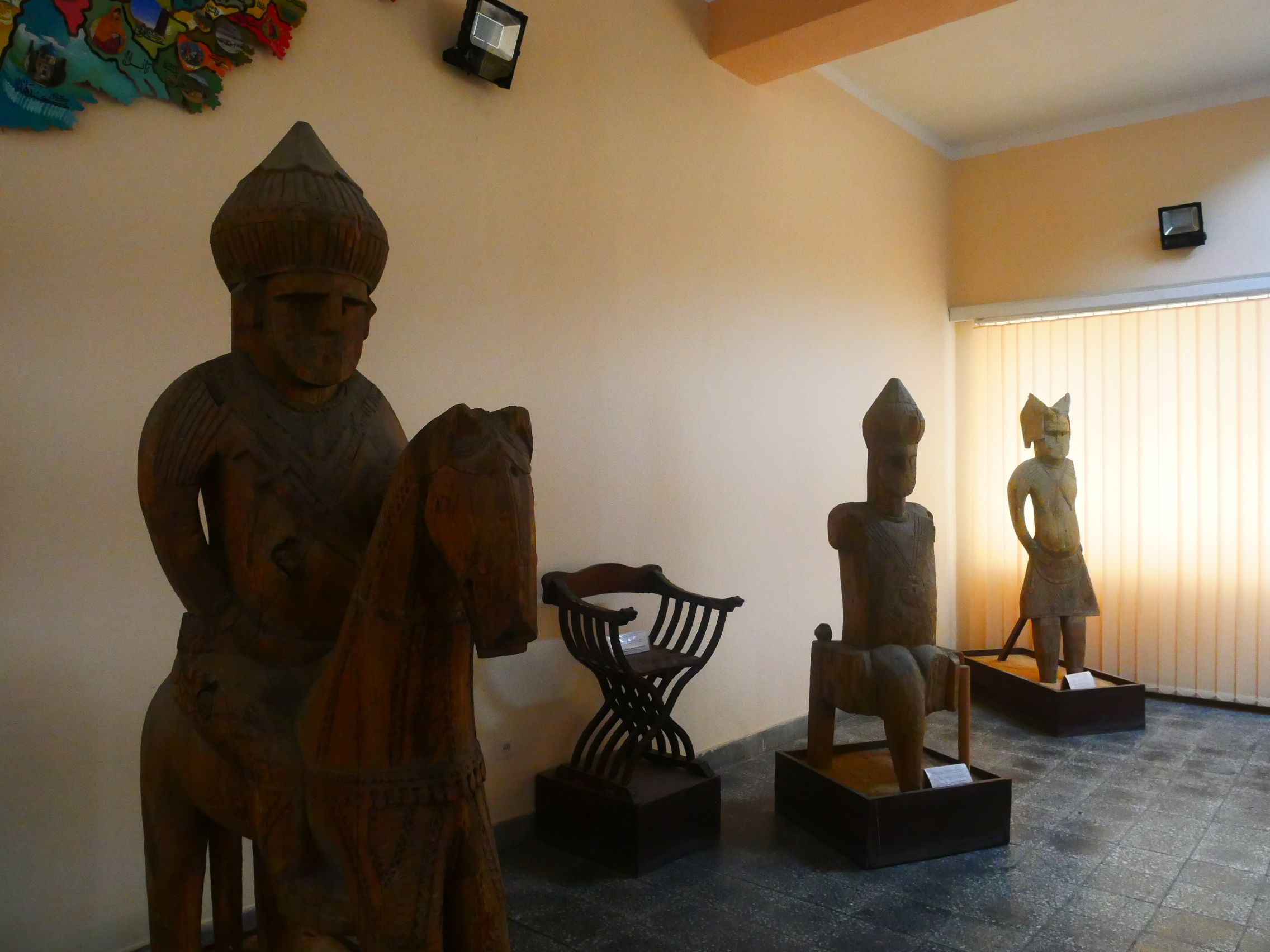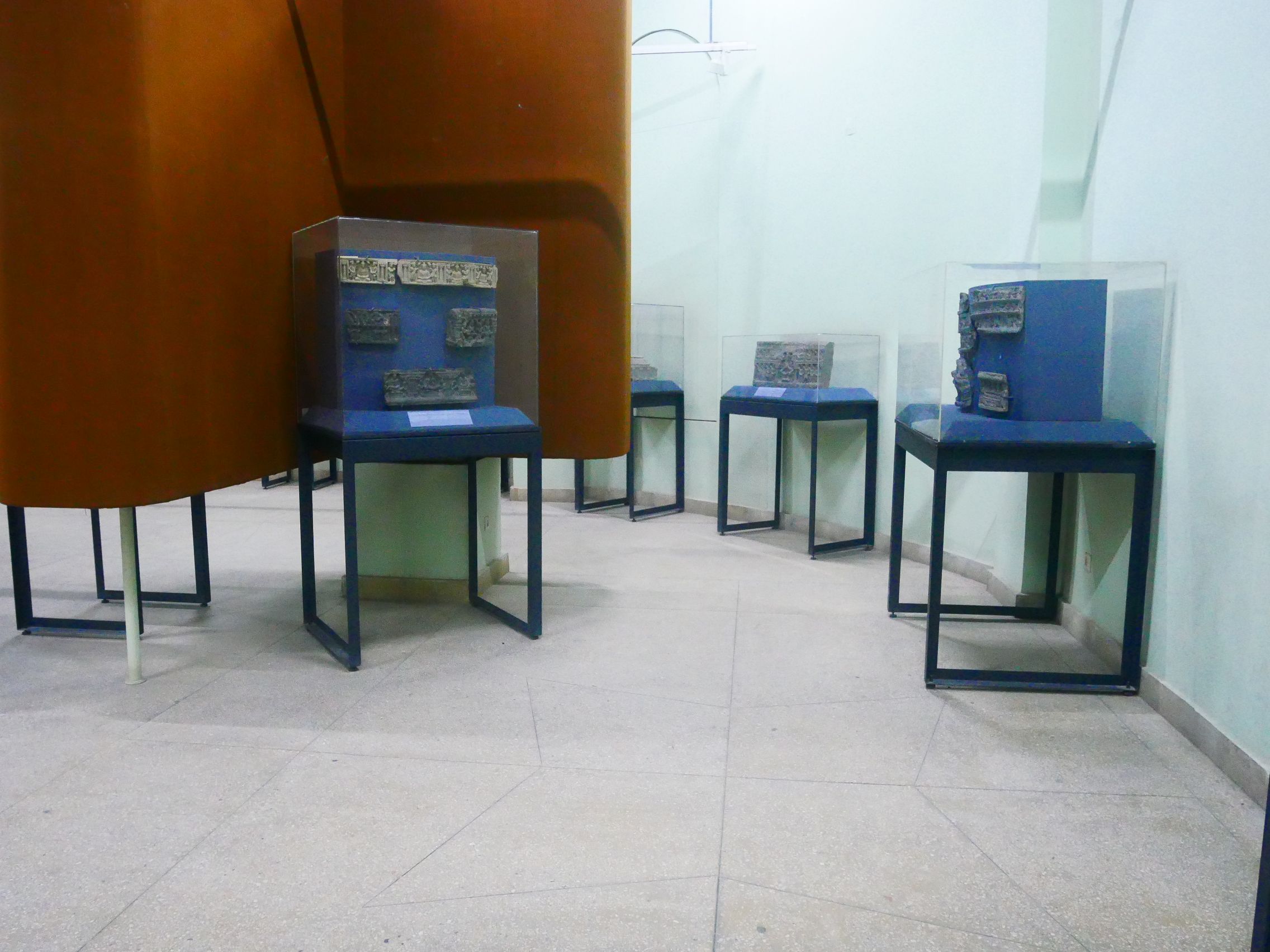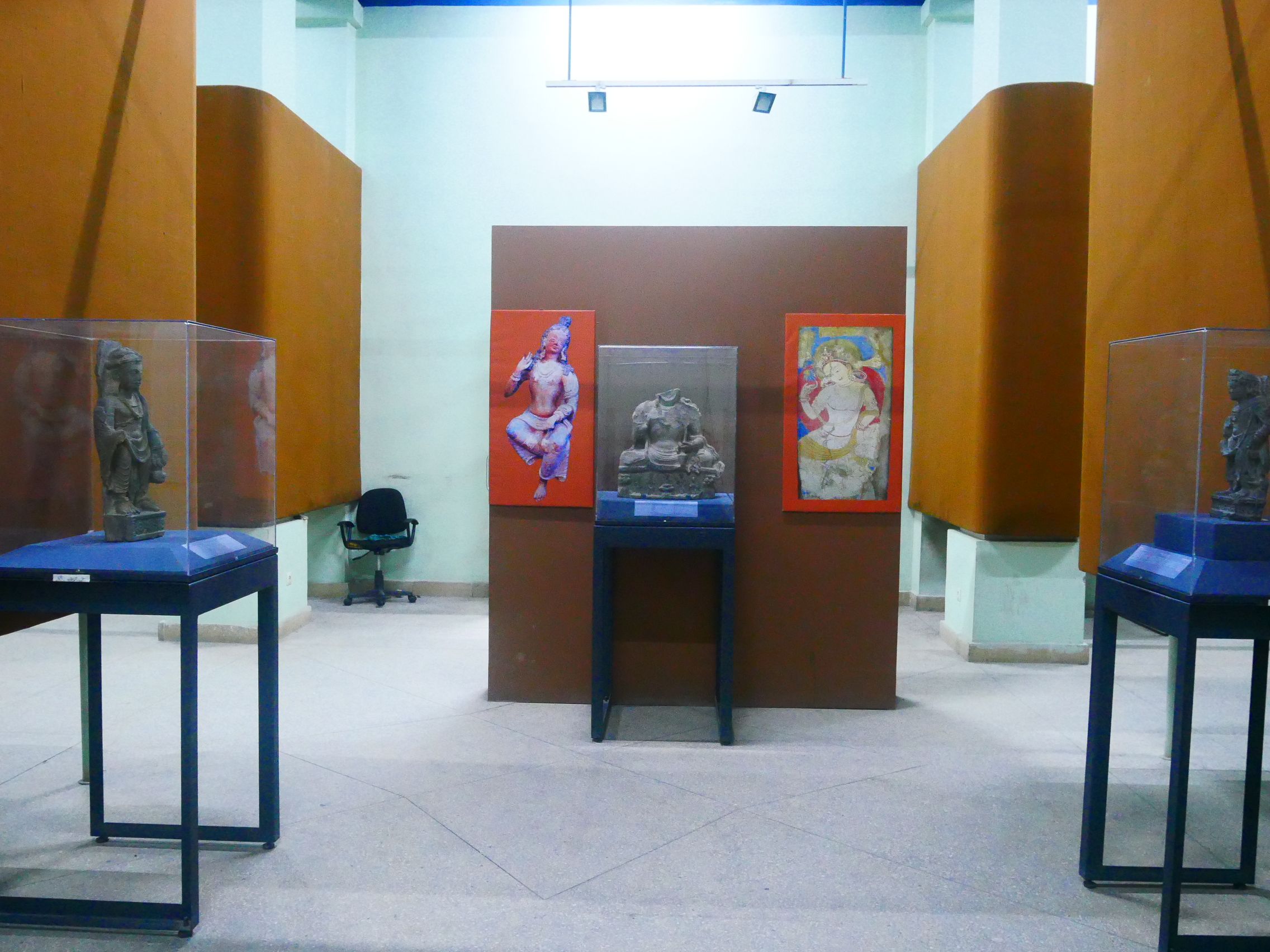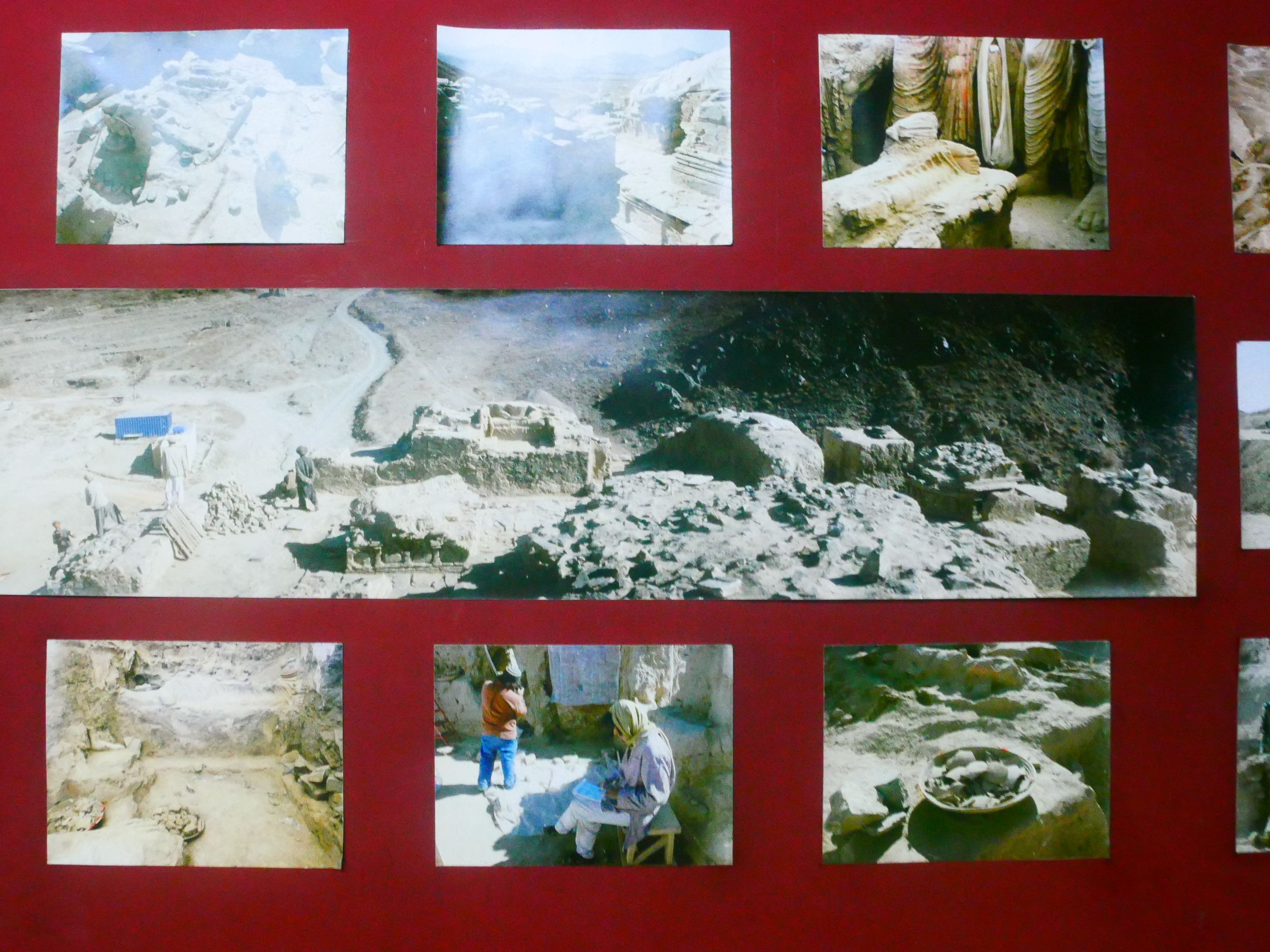/ Whispers from the Past / Muheb Esmat
Whispers from the Past
Muheb Esmat
Sep 19, 2023
The National Museum of Afghanistan, also known as the Kabul Museum, holds the esteemed role of custodian for the nation's historical heritage, a responsibility it has upheld for more than a century. Its establishment in 1919 and subsequent relocation to its present home in 1931 have seen the museum stand resolute against the trials of the past century, remaining unwavering even during the darkest epochs of war.
Notably, the museum faced a catastrophic assault in 1993, an event that not only destroyed its upper floor, rendering it roofless, but also devoured a substantial portion of its archival collection, including its invaluable inventory. And despite subsequent lootings and purposeful destruction that unfolded in the ensuing years, the museum's indomitable spirit remained unyielding, fueled by its unwavering commitment to safeguard the tangible vestiges of Afghanistan's intricate history.
An important side note worth mentioning is that the museum's current site, built in the early 20th century, originally served as a municipal building integral to King Amanullah Khan's plan to establish a new capital city named Darulaman in the southwestern reaches of Kabul—a vision that ultimately remained unrealized.
Meticulously amassing an exceptionally significant collection of archaeological treasures, artistic masterpieces, and historical artifacts, the museum offers a vivid portrayal of Afghanistan's rich past. These items eloquently mirror the diversity and depth of the nation's bygone eras. Expertly curated and thoughtfully arranged across a fusion of thematic and historical rooms, each gallery seamlessly weaves a narrative, artfully chronicling the histories of ancient civilizations like the Greco-Bactrians, the Kushans, and the Ghaznavids.
Amid the museum's halls, an astonishing exhibition draws attention to cultural artifacts from Nuristan. Within this exhibit, a captivating series of exquisite sculptural effigies from the region takes center stage, providing an intriguing glimpse into its artistic heritage. Moreover, the museum embarks on a profound exploration of Afghanistan's Buddhist heritage, further enriching the intricate tapestry of its history.
Complementing these permanent displays are a series of rotating exhibitions, which collectively testify to the meticulous dedication of the staff. Among these staff members are conservators, curators, and archaeologists, all of whom have contributed to the museum's vibrant tapestry. Their ceaseless efforts have played a pivotal role in meticulously piecing together fragments of the past, breathing life into narratives that might otherwise have succumbed to the inexorable march of time.
This photo essay serves to both document and present to you a snapshot of the museum's condition in 2019. Simultaneously, unveil a vibrant tapestry of Afghanistan's past and present. The enduring spirit that perseveres against all odds, steadfastly safeguarding history's legacy, is eloquently showcased within the museum's halls—an eternal tribute to Afghanistan's cultural heritage.
